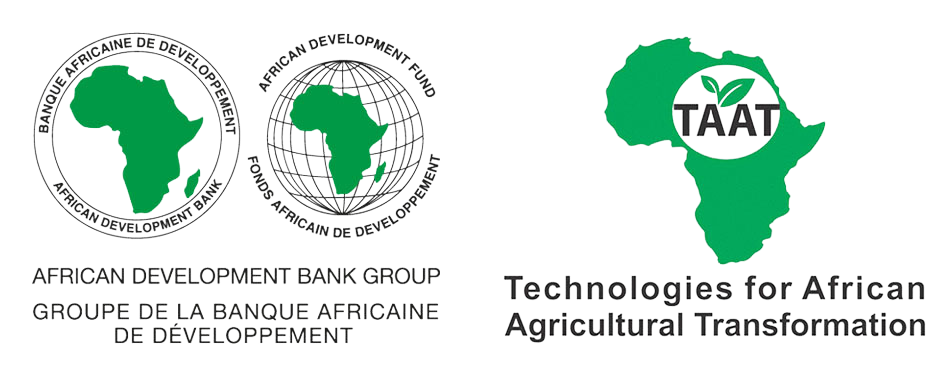


Control the moisture content of grains and reduce post-harvest losses.
The Grain Moisture Meter is a portable, easy-to-use device that accurately measures moisture levels in grains, helping prevent spoilage and quality loss. For the private sector, including warehouse operators, grain traders, and processors, this tool ensures better storage, fair pricing, and compliance with quality standards. Its affordability and precision make it a valuable investment, improving efficiency and reducing financial losses across the grain supply chain.
This technology is pre-validated.
This technology is beneficial for two main groups: resellers and end users (farmers).
For resellers
Promoting the GrainMate Moisture Meter technology offers more than just a product. It permits good quality grain in the market, promoting food security and well being. To thrive in this market:
Identify sources for bulk acquisition of the GrainMate Moisture Meter knowing that it is available in Kenya, Rwanda, Ghana, Nigeria, Malawi, Zimbabwe.
Optimize transportation methods and explore suitable storage facilities.
The cost of the tool ranges from USD 45-60 per device.
Your potential target customers include small local retailers, development projects, farmers, and cooperatives or associations of farmers.
For users
Using GrainMate Moisture Meter technology is a sustainable solution to reduced grain post-harvest losses. It enhances efficiency in moisture measurement and promotes responsible farming practices.
To use this technology in your business:
Your main partener is retailers or agro-dealers.
You need to estimate the profit realized with the use of the product.
Adults 18 and over: Positive high
The poor: Positive high
Under 18: Positive high
Women: Positive high
Climate adaptability: Highly adaptable
Carbon footprint: Same amount of carbon released
Environmental health: Does not improve environmental health
Soil quality: Does not affect soil health and fertility
Scaling Readiness describes how complete a technology’s development is and its ability to be scaled. It produces a score that measures a technology’s readiness along two axes: the level of maturity of the idea itself, and the level to which the technology has been used so far.
Each axis goes from 0 to 9 where 9 is the “ready-to-scale” status. For each technology profile in the e-catalogs we have documented the scaling readiness status from evidence given by the technology providers. The e-catalogs only showcase technologies for which the scaling readiness score is at least 8 for maturity of the idea and 7 for the level of use.
The graph below represents visually the scaling readiness status for this technology, you can see the label of each level by hovering your mouse cursor on the number.
Read more about scaling readiness ›
Uncontrolled environment: tested
Common use by projects NOT connected to technology provider
| Maturity of the idea | Level of use | |||||||||
| 9 | ||||||||||
| 8 | ||||||||||
| 7 | ||||||||||
| 6 | ||||||||||
| 5 | ||||||||||
| 4 | ||||||||||
| 3 | ||||||||||
| 2 | ||||||||||
| 1 | ||||||||||
| 1 | 2 | 3 | 4 | 5 | 6 | 7 | 8 | 9 | ||
| Country | Testing ongoing | Tested | Adopted |
|---|---|---|---|
| Ghana | –No ongoing testing | Tested | Adopted |
| Kenya | –No ongoing testing | Tested | –Not adopted |
| Malawi | –No ongoing testing | Tested | Adopted |
| Nigeria | –No ongoing testing | Tested | Adopted |
| Rwanda | –No ongoing testing | Tested | –Not adopted |
| Zimbabwe | –No ongoing testing | Tested | –Not adopted |
This technology can be used in the colored agro-ecological zones. Any zones shown in white are not suitable for this technology.
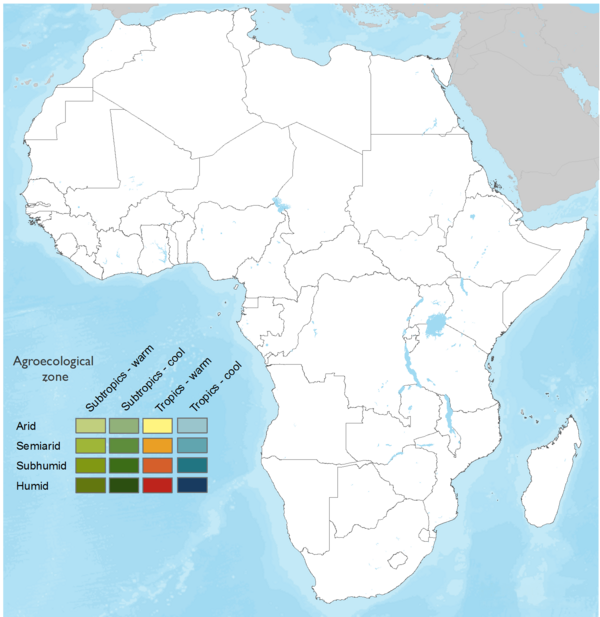





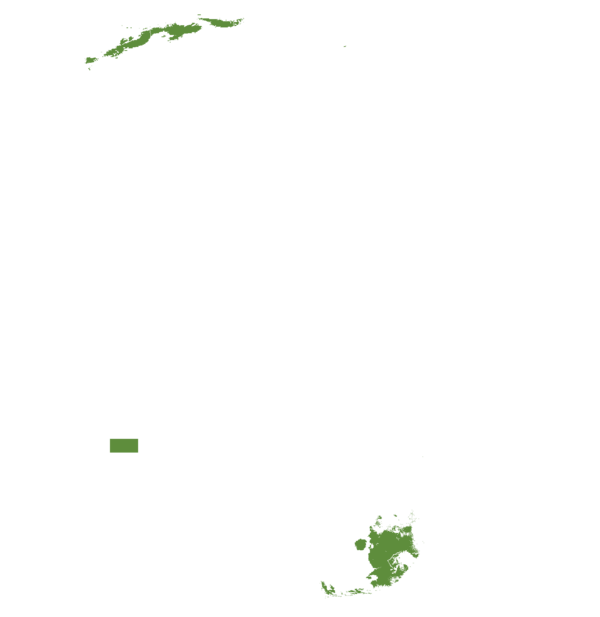



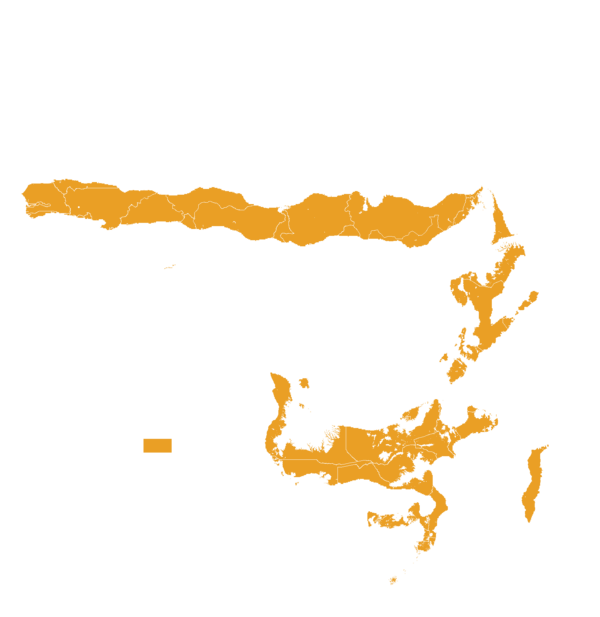


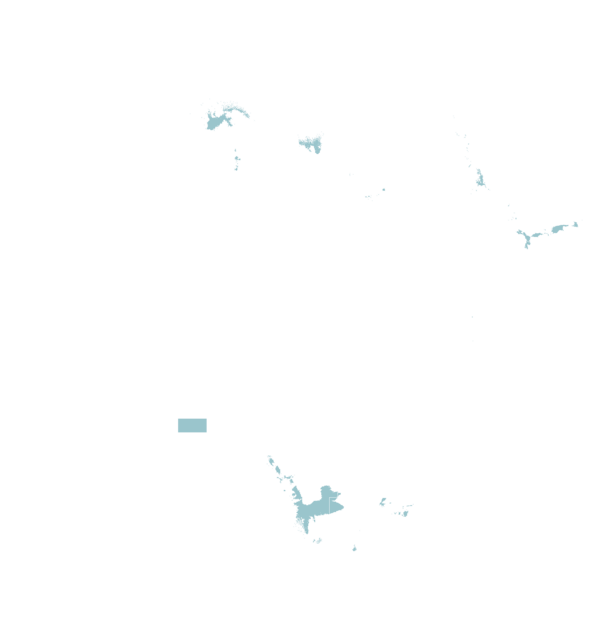

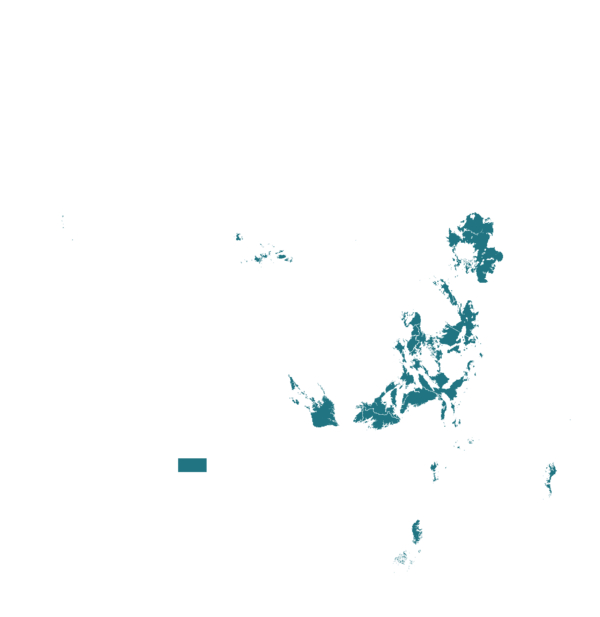

| AEZ | Subtropic - warm | Subtropic - cool | Tropic - warm | Tropic - cool |
|---|---|---|---|---|
| Arid | ||||
| Semiarid | ||||
| Subhumid | ||||
| Humid |
Source: HarvestChoice/IFPRI 2009
The United Nations Sustainable Development Goals that are applicable to this technology.
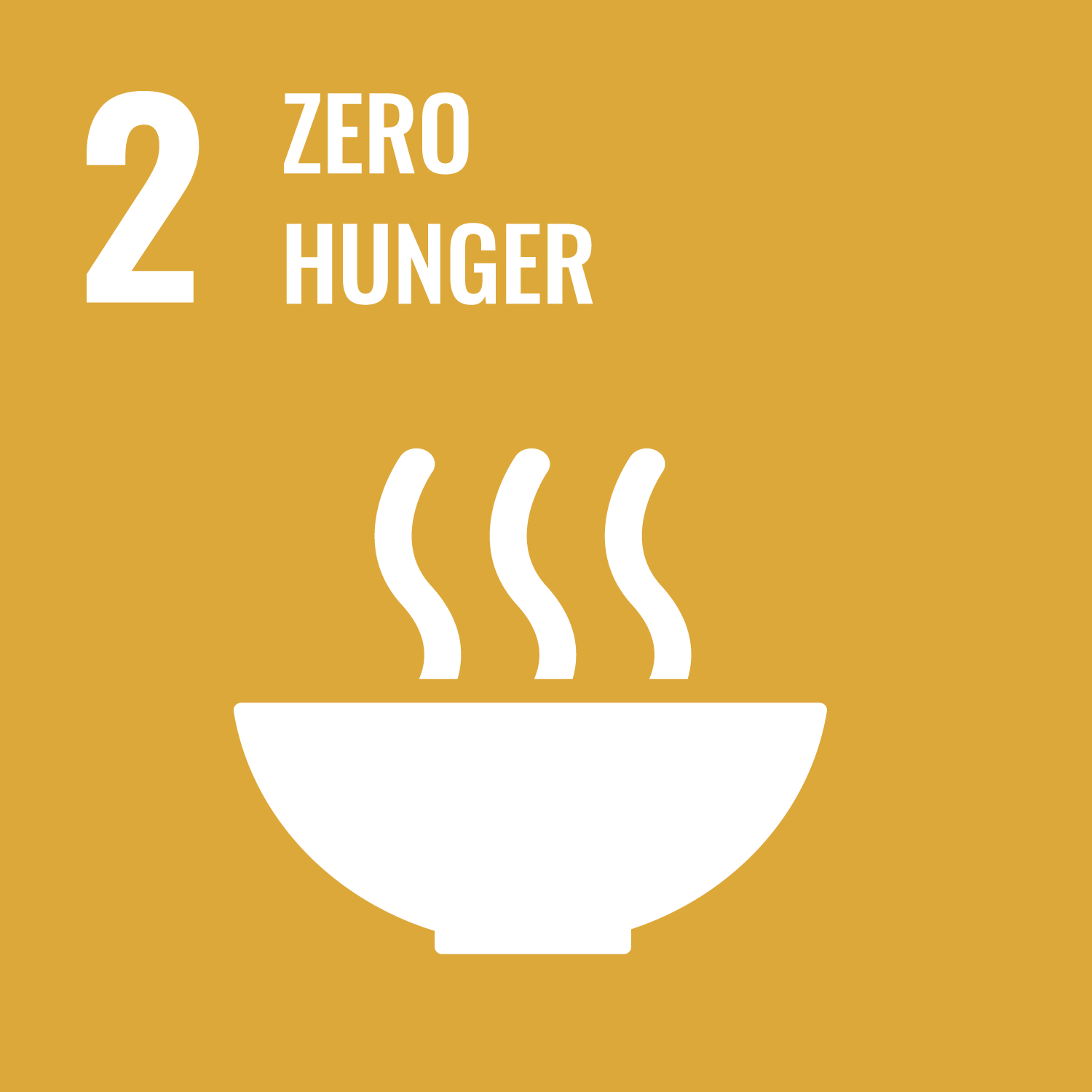


Last updated on 22 December 2025